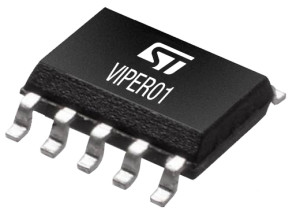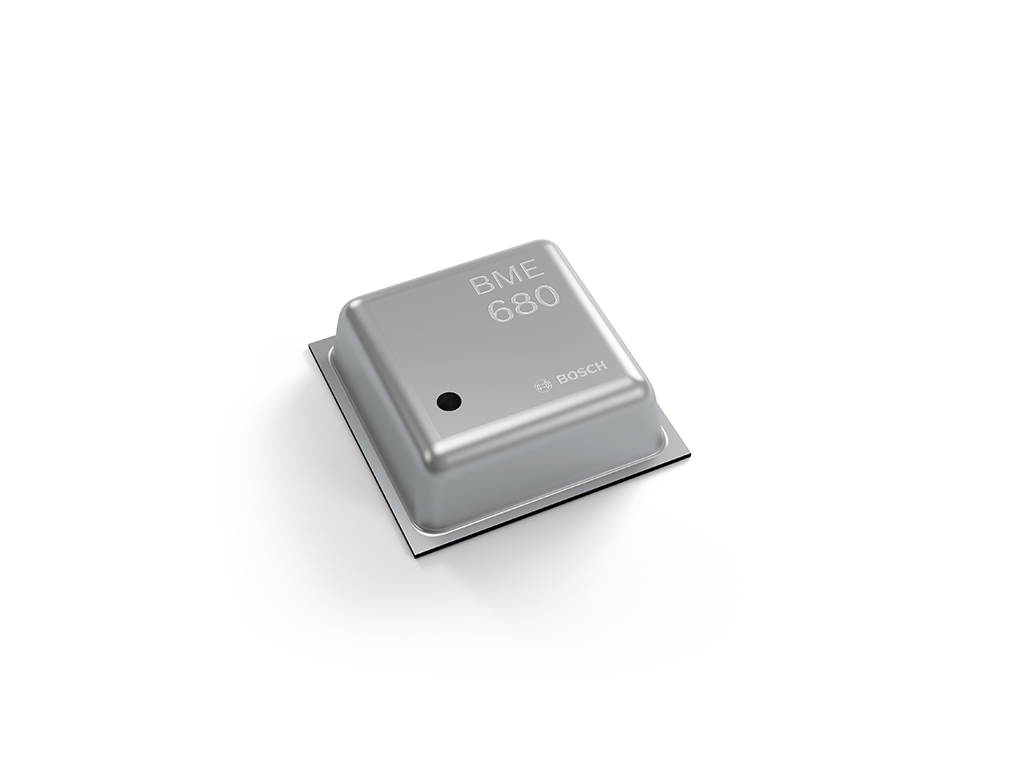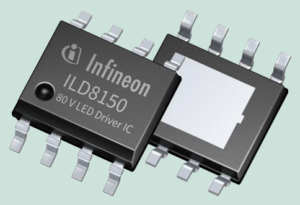Instrumentation Amplifiers abbreviation
Instrumentation amplifiers offer a unique combination of differential inputs, high input impedance, and excellent precision and noise specifications.
An instrumentation amplifier is a type of differential amplifier that has been outfitted with input buffers, which eliminate the need for input impedance matching and thus make the amplifier particularly suitable for use in measurement.
Although the instrumentation amplifier is usually shown schematically identical to a standard op-amp, the electronic instrumentation amp is almost always internally composed of 3 op-amps. These are arranged so that there is one op-amp to buffer each input (+,−), and one to produce the desired output with adequate impedance matching for the function.
Parameters that define a high quality instrumentation amplifier:
- high common mode rejection ratio;
- low offset voltage and offset voltage drift;
- low input bias and input offset currents;
- high-value input impedances;
- low noise
- low non-linearity
- adequate bandwidth.
Examples of applications:
- data acquisition from low output transducers;
- medical instrumentation;
- current/voltage monitoring;
- audio applications involving weak audio signals or noisy environments;
- high-speed signal conditioning for video data acquisition and imaging;
- high frequency signal amplification in cable RF systems.









